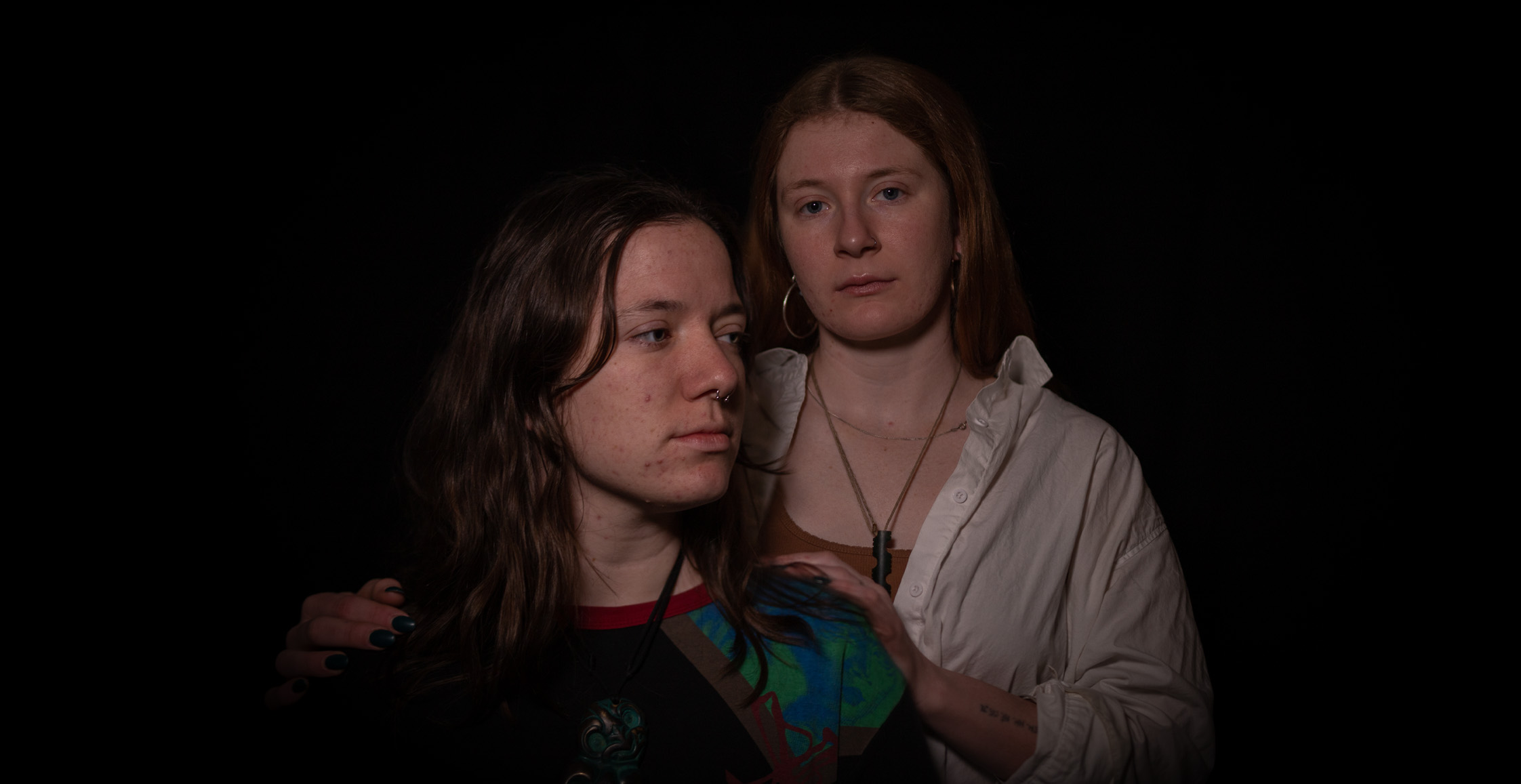
Kia tau rā
Ngā manākitanga
Ae te runga rawa
Ki tēnā, ki tēnā
Ō tātou e tau nei
Kia tūturu ōwhiti
Whakamaua
Kia tīna, tīna
Hui ē! Tāiki ē!
We don’t cross the road by my marae anymore. The awa is no longer safe. The kahikatea and trees that once bore fruit now provide shade for buckets of bleach. The wairua is “off”, the kaumatua said. We don’t cross the road anymore.
“What happened over there?” The reply is a mere shake of the head, a slow blink of his eyes. Despite the laughter of tamariki running around the wharenui, the bustle of wāhine prepping kai, and the low thrum of male voices by the hāngī pit, there is silence. I never got my answer. I never crossed the road.
But my sister did. I wonder if that made her a different person. She didn’t tell us much, she didn’t need to. There was a sense that something bad had happened there. Her clay-stained feet and muddied skirt indulged her confession. I wanted to hold her, cradle her, and mourn our severed connections with our lands and our people. The impacts of climate change and inequity are upon us. Systems built on colonisation, imperialism, and capitalism are not built to manage our reality. It can be easy to fall into a state of grief and despair at the state of this world, but we can never lose the power to act, or the courage to hope.
Nō reira, nau mai, haere mai, ki te Nukutawhiti 2022. Hannah and I are very excited to be introducing this kaupapa, and hope you find solace, connection, or inspiration within these pages.
Nukutawhiti is a safe place to be Māori – to grow, learn, kōrero, and rest your wairua. Here, we’ve tried to capture the essence of te ao Māori, to create a space for reclamation, and to tell the stories of our people.
So, what does it mean to ‘be Māori’? We think we have complicated what should be a simple answer. If you whakapapa Māori, you are Māori. This is something we celebrate and hold onto, unapologetically. Māoritanga exists outside of the colonial definitions that seek to minimise and eliminate us. We carry our tīpuna with us everywhere, and we feel that. It gives us our resilience, strength, and ability to realise and call out bullshit. Whakapapa is difficult to explain, but to those to whom it matters, it is known. Whether you can recall these connections or not, they inform our understanding of the world and the relationships that we have.
It is these whakapapa connections that continue to guide us through te ao hurihuri – a world ever changing. It is the mana of our tīpuna that allows us to resist what is set out for us by society. 50 years ago today, Māori marched on parliament to deliver the Māori Language Petition with 30,000 signatures calling for active recognition of te reo Māori. At the forefront of this change was young Māori unified by the understanding tama tū, tama ora; tama noho tama mate – tamatoa! – To stand is to live, to sit down is to die. Together, we stand as a resurgent force to colonisation. By being tūturu Māori, we sit in constant conflict with the course of society that has been set out for us. Young people, young Māori know how to change the world. In an era of the climate crisis, young Māori are still fighting for the world our tīpuna set out for us.
“You have come too far not to go further, you have done too much not to do more”
– Ta Himi Henare (Sir James Henare) “